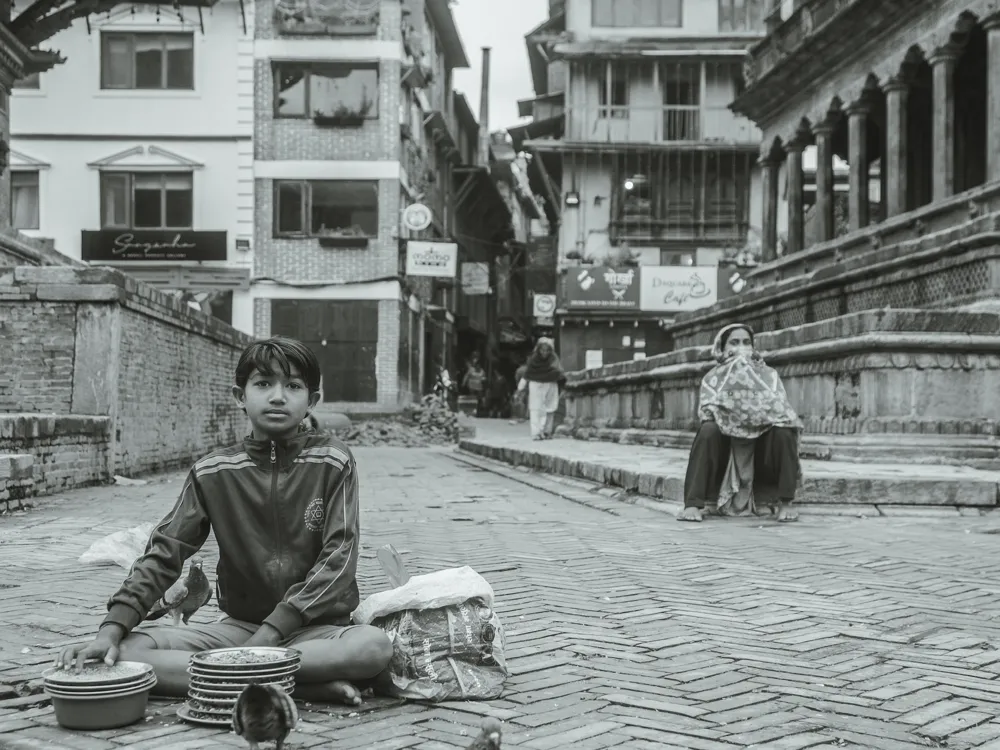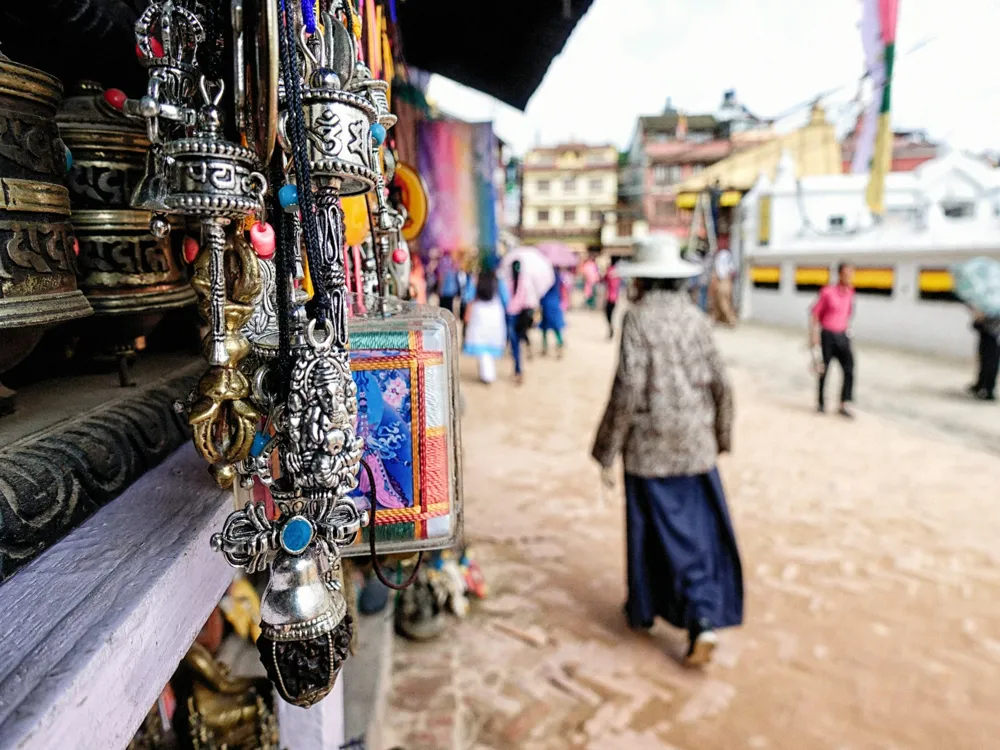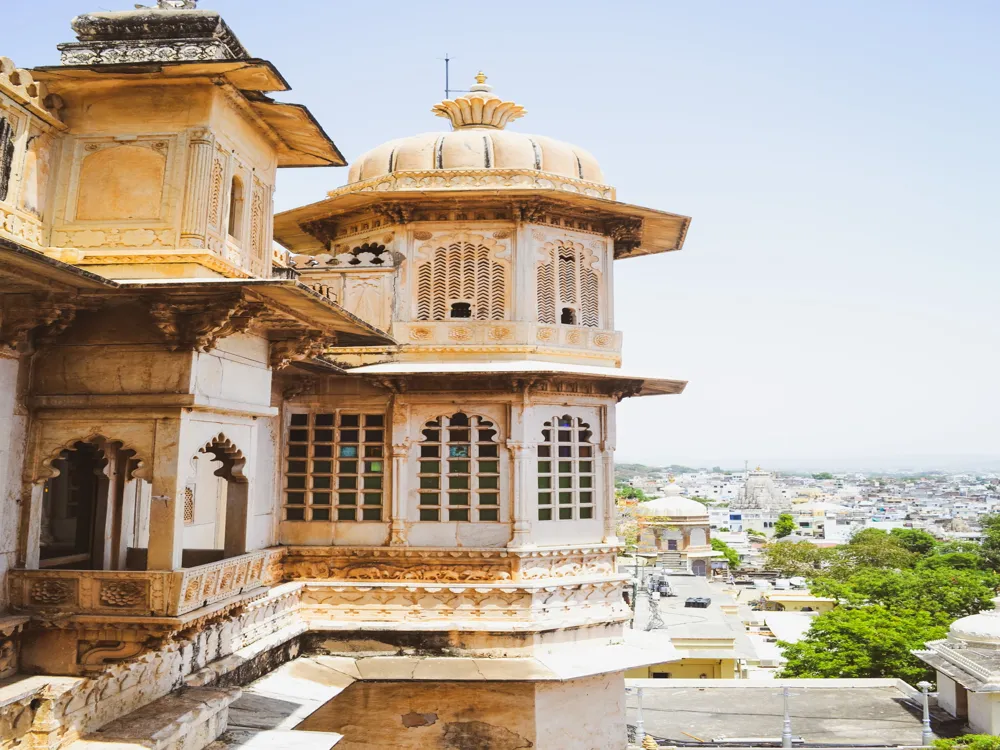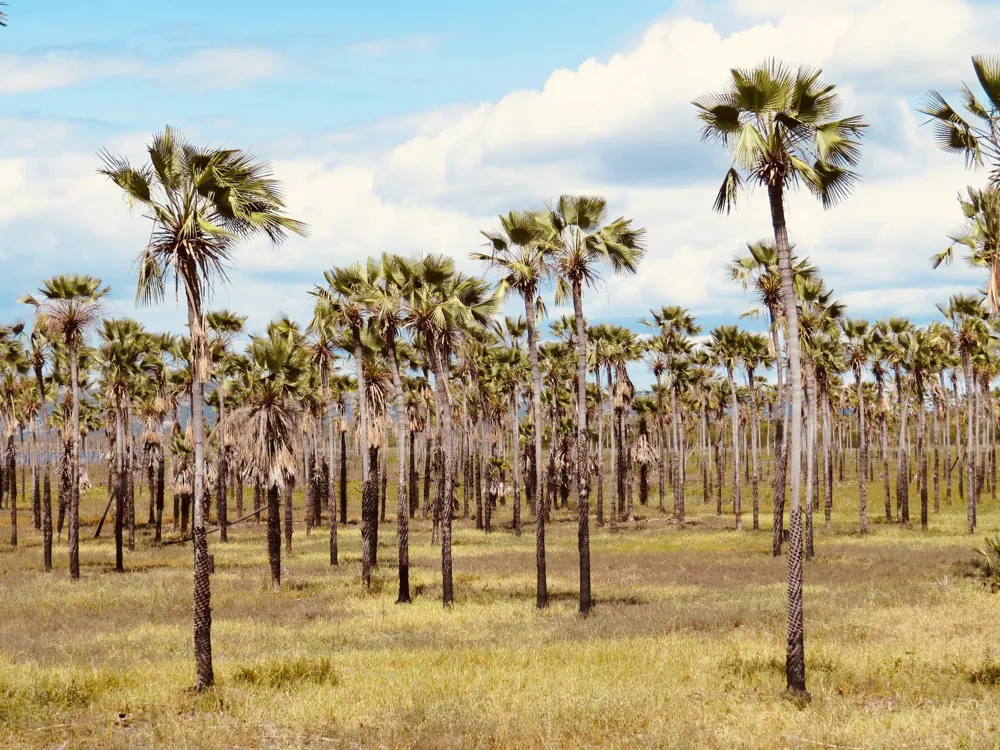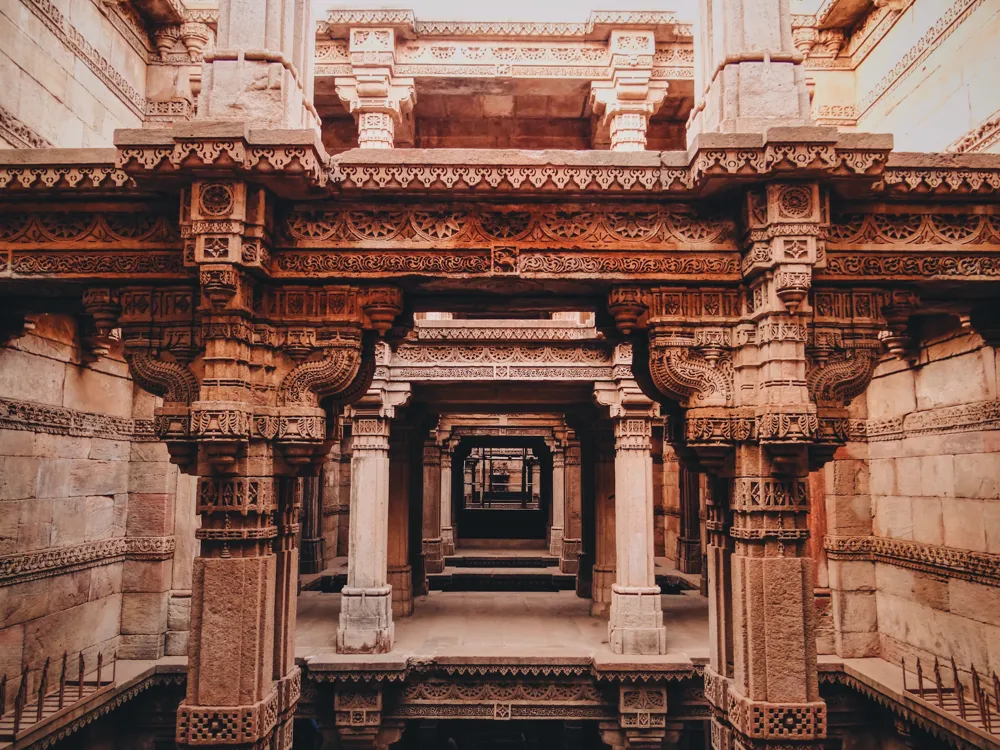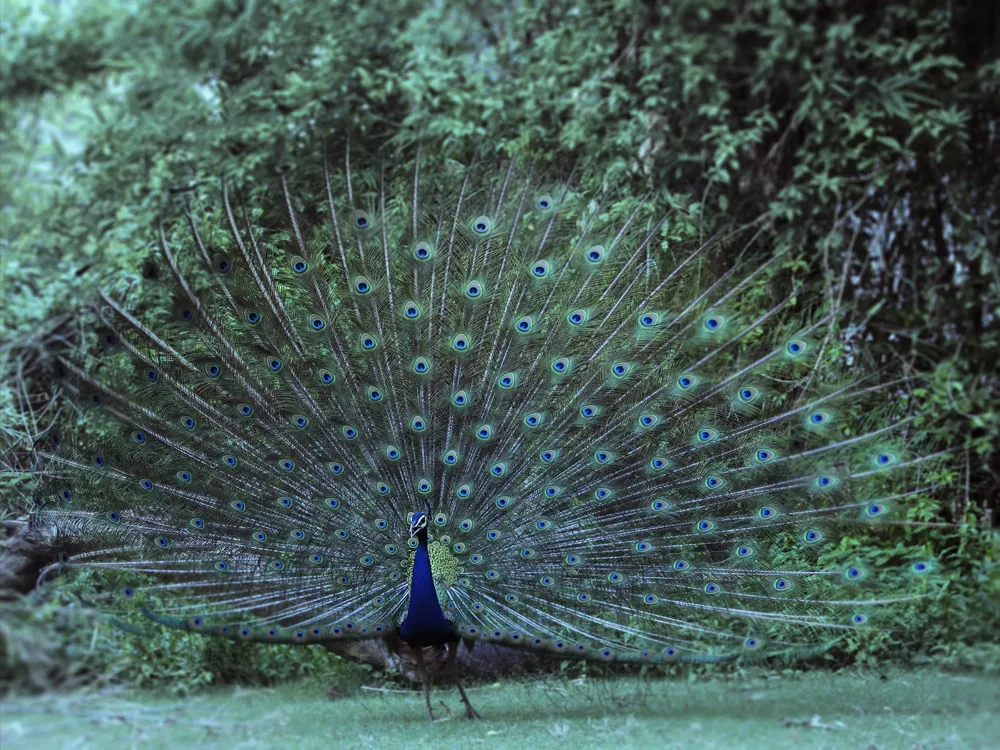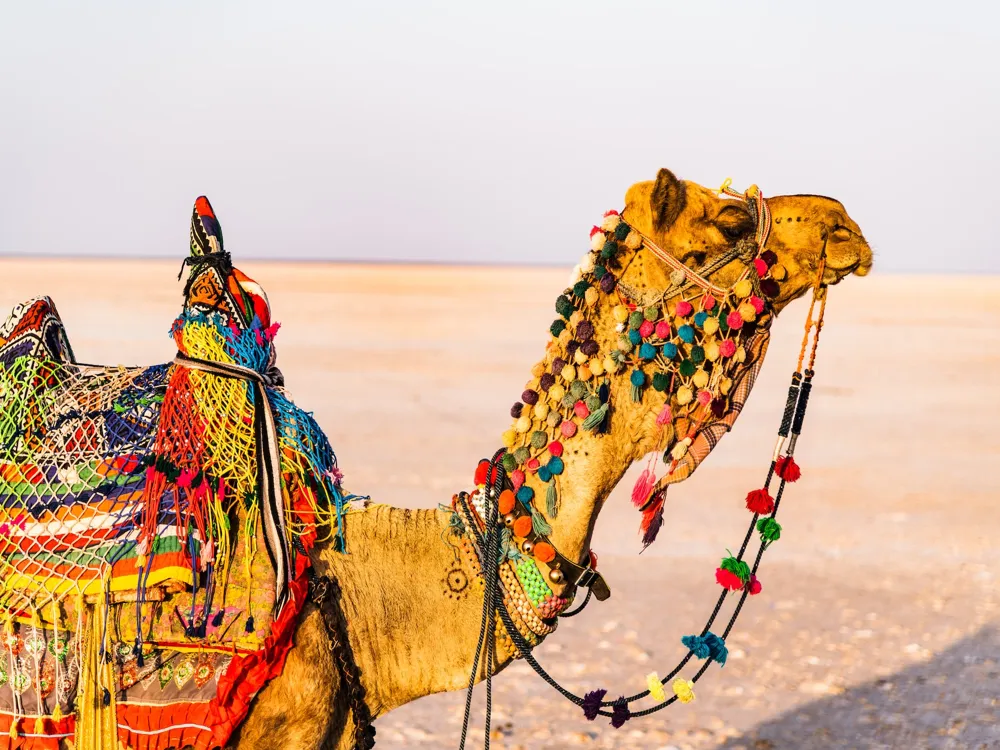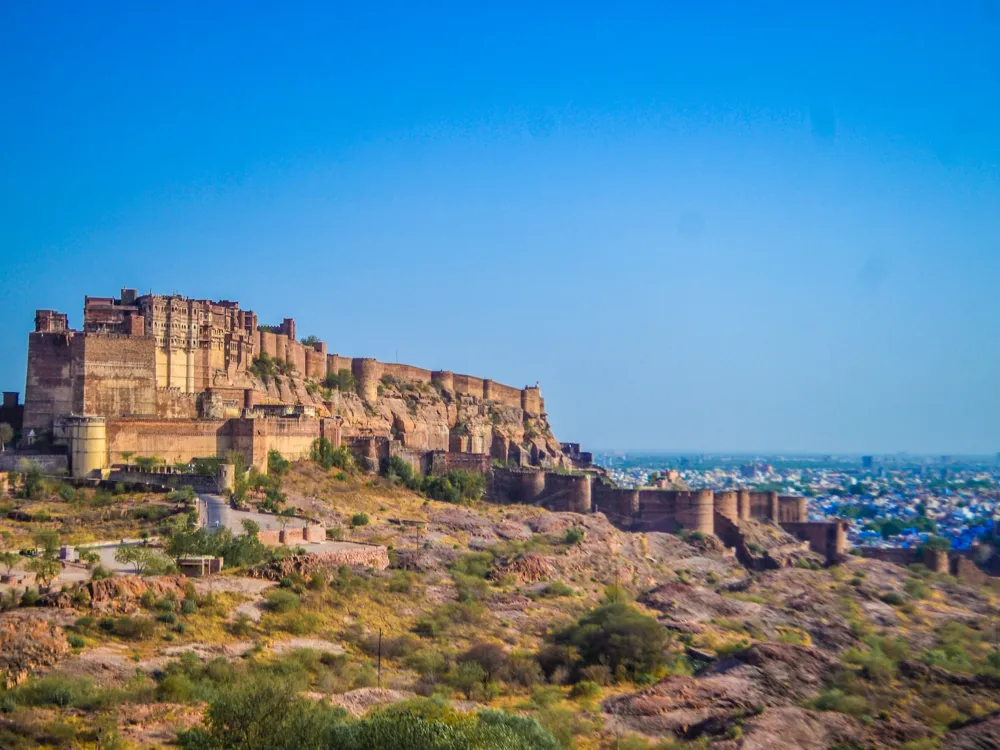Sundari Chowk, a striking courtyard in the heart of Patan, Nepal, is an emblematic example of the country's rich cultural and architectural heritage. Nestled within the larger complex of Patan Durbar Square, a UNESCO World Heritage Site, Sundari Chowk stands out for its historical significance and architectural splendor. The history of Sundari Chowk dates back to the 17th century, under the reign of King Siddhinarsingh Malla. This square has been a silent witness to numerous historical events and transformations over the centuries. The name 'Sundari Chowk' translates to 'Beautiful Courtyard', a fitting title for this exquisitely crafted space. The courtyard is renowned for its masterful stone, wood, and metal work, which showcases the exceptional skill of Newari artisans. The central attraction of Sundari Chowk is the Tusha Hiti, an ornate sunken water spout. This magnificent piece of art is not only a water source but also a symbol of the ingenious water management systems of the ancient Newar civilization. The intricate carvings on the Tusha Hiti and the surrounding struts and columns are a testament to the blend of religious and cultural motifs prevalent in Newari art. Visiting Sundari Chowk is akin to stepping into a different era. The courtyard is enclosed by traditional buildings, with their carved wooden windows and overhanging balconies offering a glimpse into the medieval Newari lifestyle. The Chowk has been an important center for cultural and religious activities, hosting various festivals and rituals that are intrinsic to the local community. This historical context adds to the richness of the experience for visitors. The conservation efforts in Sundari Chowk have been commendable, with several restoration projects undertaken to preserve its original beauty and integrity. These efforts have ensured that Sundari Chowk remains not just a relic of the past but a living part of Patan's cultural fabric. The architecture of Sundari Chowk in Patan, Nepal, is a striking representation of Newari architectural genius. The courtyard, part of the larger Patan Durbar Square complex, exemplifies the intricate craftsmanship and cultural richness of the Newar community. The square's design reflects the traditional Newari architectural style, which is characterized by its multi-tiered temples, intricately carved wooden windows, and spacious courtyards. The most prominent feature of Sundari Chowk's architecture is the Tusha Hiti, a masterfully crafted sunken water spout. This architectural marvel is not only functional, serving as a water reservoir, but is also deeply symbolic, representing the traditional Newari reverence for water as a life-giving element. The Tusha Hiti is adorned with intricate carvings depicting various Hindu and Buddhist deities, reflecting the syncretic religious beliefs of the Newar people. Another significant aspect of Sundari Chowk's architecture is its exquisite woodwork. The wooden struts and windows around the courtyard are decorated with detailed carvings that depict scenes from Hindu mythology, local legends, and everyday life. These carvings are not merely decorative; they also serve a structural purpose, supporting the buildings around the courtyard. The metalwork in Sundari Chowk, particularly the brass and bronze fixtures, is equally remarkable. These elements showcase the advanced metallurgical skills of the Newar craftsmen. The metalwork often includes religious iconography and is used in the construction of doors, windows, and other architectural elements. The overall layout of Sundari Chowk is designed to facilitate community gatherings and religious ceremonies. The central open space is surrounded by multi-tiered buildings, which provide a panoramic view of the courtyard. This design not only creates a communal atmosphere but also reflects the socio-cultural importance of the chowk in the daily lives of the people. The best time to visit Sundari Chowk is during the early morning or late afternoon when the light is ideal for photography and the temperature is more comfortable. It's also less crowded during these times, allowing for a more peaceful experience. Visitors should dress modestly and be respectful of local customs and traditions. It's important to remember that Sundari Chowk is not just a tourist attraction but a place of cultural and religious significance for the local community. Consider taking a guided tour for a more informative experience. Local guides can provide deeper insights into the history, architecture, and cultural significance of Sundari Chowk. While photography is allowed, it's courteous to ask for permission before taking photos of people or religious ceremonies. Be mindful of not using flash photography inside temples or near artworks. Sundari Chowk is located in Patan, which is easily accessible from various parts of Kathmandu Valley. Visitors can choose from several modes of transportation: By Taxi: Taxis are the most convenient way to reach Sundari Chowk. They are available from any part of Kathmandu and can be hired for a full day or a single trip. By Local Bus: Local buses are a more economical option. Buses to Patan leave regularly from Ratna Park in Kathmandu. Once in Patan, Sundari Chowk is a short walk from the Patan Dhoka (Patan Gate). By Foot or Bicycle: For those staying in Patan or nearby areas, walking or bicycling is a great way to explore the city and reach Sundari Chowk. It offers a more intimate experience of the local streets and culture. Read More:Overview of Sundari Chowk in Patan, Nepal
Architecture of Sundari Chowk
Tips When Visiting Sundari Chowk
Best Time to Visit
Cultural Sensitivity
Guided Tours
Photography Etiquette
How To Reach Sundari Chowk
Sundari Chowk
Patan Nepal
NaN onwards
View patan-nepal Packages
Weather :
Tags : Historical Site
Timings : 24 hours
Entry Fee : Free
Planning a Trip? Ask Your Question
Patan-nepal Travel Packages
View All Packages For Patan-nepal
Top Hotel Collections for Patan-nepal

Private Pool

Luxury Hotels

5-Star Hotels

Pet Friendly
Top Hotels Near Patan-nepal
Other Top Ranking Places In Patan-nepal
View All Places To Visit In patan-nepal
View patan-nepal Packages
Weather :
Tags : Historical Site
Timings : 24 hours
Entry Fee : Free
Planning a Trip? Ask Your Question
Patan-nepal Travel Packages
View All Packages For Patan-nepal
Top Hotel Collections for Patan-nepal

Private Pool

Luxury Hotels

5-Star Hotels

Pet Friendly








